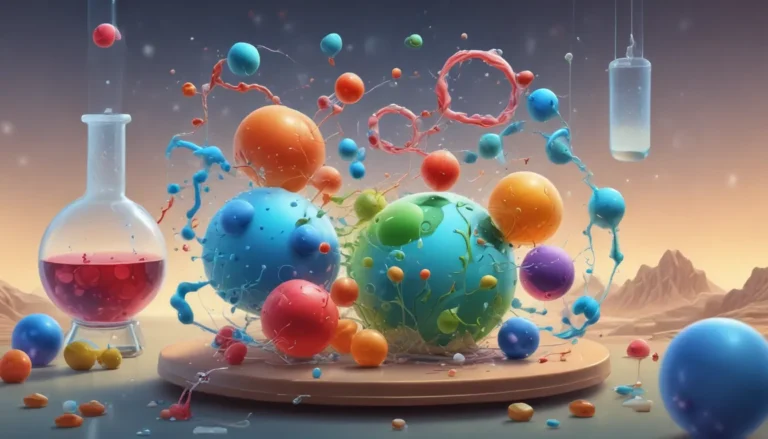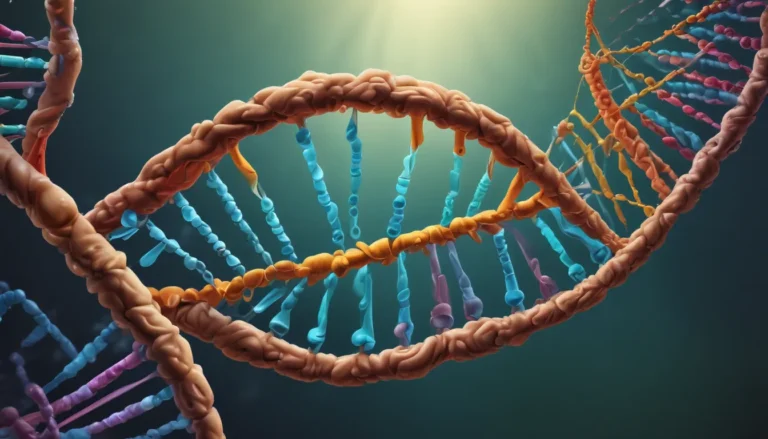A Note About Images: The images used in our articles are for illustration purposes only and may not exactly match the content. They are meant to engage readers, but the text should be relied upon for accurate information.
Transition elements, also known as transition metals, hold a special place in the periodic table due to their unique properties and versatile applications in various fields. These elements, spanning groups 3 to 12, exhibit fascinating electronic configurations, vibrant colors, magnetic properties, and high melting points, making them essential in technology, biology, and beyond. In this article, we will delve into nine astonishing facts about transition elements that will deepen your understanding of these remarkable substances.
Understanding Transition Elements
Transition elements occupy a unique position in the periodic table, offering a distinct set of properties that set them apart from other elements. Their characteristic electron configurations, spanning across d orbitals, contribute to their intriguing nature and diverse applications in chemistry. These elements play a pivotal role in catalytic reactions, exhibit a vibrant array of colors in compounds, and possess magnetic properties that make them indispensable in various technological advancements.
Unique Electronic Structures of Transition Elements
One of the defining features of transition elements is their unique electronic structures characterized by partially filled d subshells. This arrangement allows them to exhibit a wide range of oxidation states and engage in complex coordination chemistry. The presence of partially filled d orbitals contributes to the formation of colorful compounds, as these elements can absorb specific wavelengths of light, resulting in a visually striking display of hues.
The Crucial Role of Transition Elements in Catalytic Reactions
Transition elements play a crucial role in catalytic reactions, thanks to their ability to undergo redox processes with ease. These elements serve as catalysts in a myriad of industrial processes, from ammonia synthesis to hydrocarbon oxidation, facilitating the acceleration of chemical reactions without being consumed in the process. Their contribution to catalysis underscores their importance in driving technological advancements and enhancing industrial processes.
Exploring the Vibrant Colors of Transition Element Compounds
Transition elements are known for their ability to form compounds with a wide range of colors, making them visually appealing and captivating. This phenomenon is a result of the presence of partially filled d orbitals, which can absorb specific wavelengths of light and reflect vibrant hues in compounds. Elements like chromium can exhibit various colors, including green, blue, and red, showcasing the diverse palette of transition element compounds.
Unveiling the Magnetic Properties of Transition Elements
Many transition elements, such as iron, cobalt, and nickel, exhibit strong magnetic properties owing to their partially filled d orbitals. The alignment of spinning electrons within these d orbitals creates a magnetic field, distinguishing these elements from non-magnetic counterparts. The magnetic properties of transition elements have significant implications in technology, particularly in the production of magnets, electronic devices, and magnetic storage media.
The Exceptional Melting and Boiling Points of Transition Elements
Transition metals boast high melting and boiling points compared to other elements, a characteristic attributed to the strong metallic bonding between their atoms. This robust bonding structure requires a substantial amount of energy to break, resulting in elevated melting and boiling points. The high thermal stability of transition elements makes them ideal for high-temperature applications, such as in the production of superconductors and catalysts.
Applications of Transition Elements in Electronics and Technology
The unique properties of transition elements find extensive applications in various technological fields, ranging from electronics to materials science. These elements are integral in the production of electronics, magnets, superconductors, and catalysts for chemical reactions. Their versatility and adaptability make them indispensable in driving innovations and advancements in technology, paving the way for cutting-edge developments in diverse industries.
The Vital Role of Transition Elements in Biological Systems
Transition metals play essential roles in biological systems, acting as cofactors in enzymes to enhance their catalytic activity. Elements like iron, copper, and zinc are crucial for enzyme functions, contributing to various biochemical processes in living organisms. For instance, iron is a key component of hemoglobin, copper is essential for cytochrome c oxidase, and zinc plays a vital role in numerous enzymatic reactions, underscoring the significance of transition elements in maintaining biological functions.
Medical Applications of Transition Element Isotopes
Certain isotopes of transition elements, such as technetium-99m and iodine-131, have valuable medical applications in diagnostic imaging and cancer treatment. Technetium-99m is widely used in nuclear medicine for diagnostic purposes, while iodine-131 is utilized in the management of thyroid disorders and cancer. The medical applications of transition element isotopes highlight their critical role in healthcare and underline their potential for advancements in medical technology.
Conclusion: Embracing the Wonders of Transition Elements
Transition elements continue to captivate scientists and researchers with their extraordinary properties and diverse applications across various fields. From their unique electronic structures and vibrant colors to their essential role in catalysis and biological systems, these elements exemplify the boundless possibilities of chemistry. By unraveling the mysteries of transition elements, we gain valuable insights into their pivotal contributions to technology, medicine, and scientific progress.
Embark on a journey of discovery and exploration as you delve into the fascinating world of transition elements, uncovering the hidden wonders and profound impact of these remarkable substances.
Was this article helpful? Our commitment to delivering accurate and engaging content is unwavering. Each fact presented is contributed by knowledgeable individuals like yourself, ensuring a diverse range of insights and information. Rest assured that our dedicated editors meticulously review each submission to uphold the highest standards of accuracy and reliability. Delve into the realm of chemistry with confidence, knowing that you are exploring a world of authentic and enriching knowledge.






